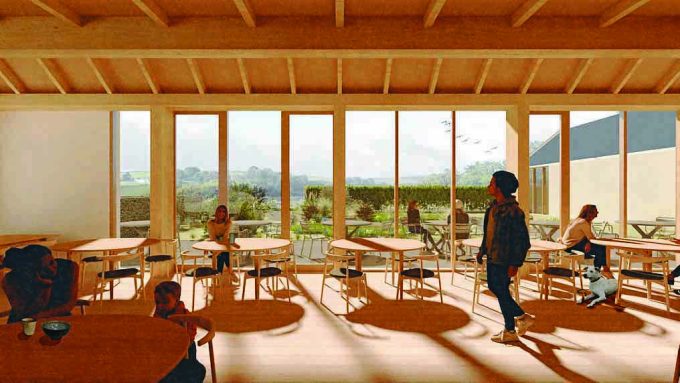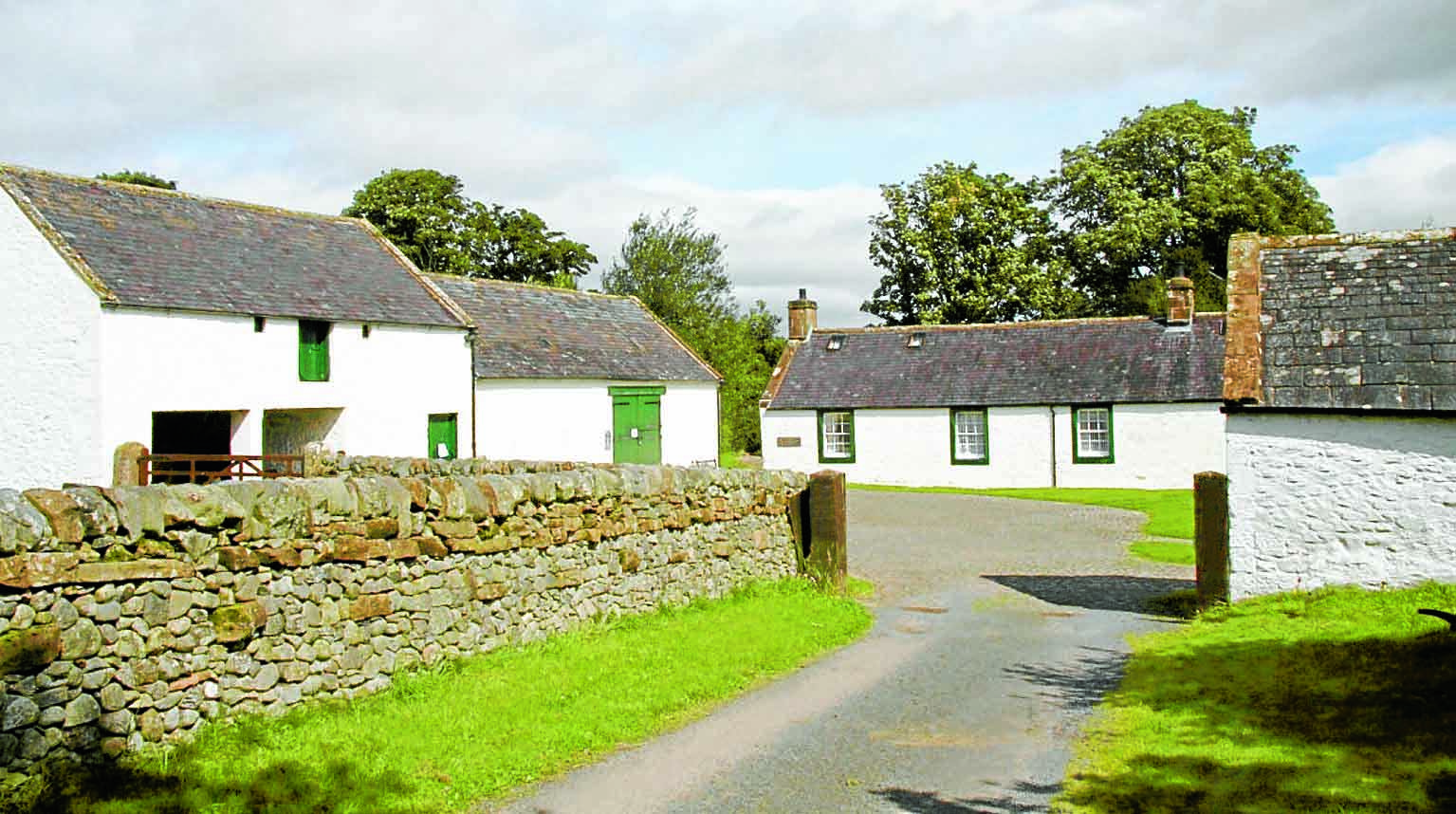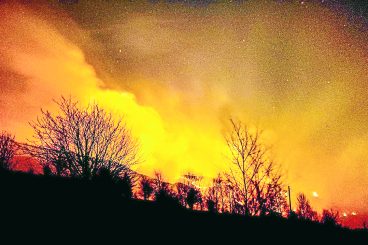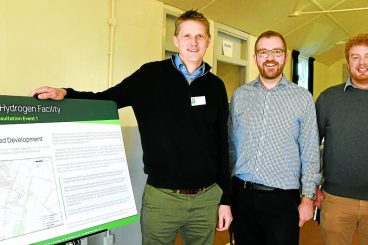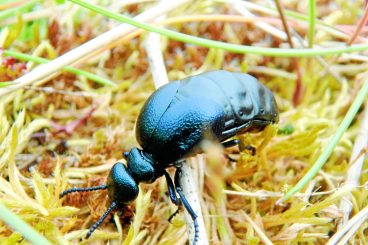PLANS to save the only farm built by the poet Robert Burns were unveiled on Monday.
The “FutureVision” seeks to safeguard the 170 acre Ellisland Farm, on the banks of the River Nith, where Burns wrote Auld Lang Syne and Tam o Shanter.
It proposes that the farmhouse, which he created in 1788 for his young wife Jean Armour, becomes an immersive space where visitors can experience their domestic life. Workshops and performances will be held in his farm buildings which will be restored sensitively. New planting will improve biodiversity in the woodlands; and fields laid out as part of Burns’ tenancy and pathways will improve accessibility and include interpretation by artists.
A new visitor centre will complement the tradition buildings. The new build will offer catering, audio visual experiences and an exhibition space to safely display items from Ellisland’s collection, including manuscripts and Burns’ possessions such as his flute, books and fishing rod.
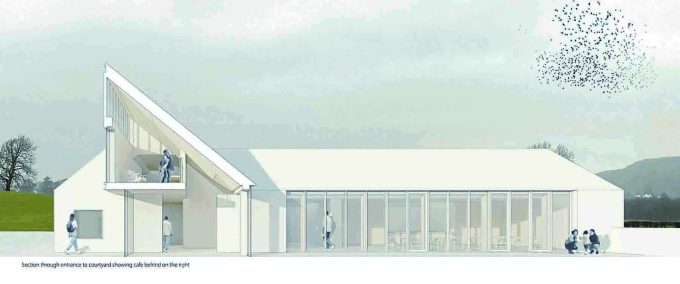
The plans are focussed on “Conservation through Use”, meaning community, heritage and education events are subsidised by other activity such as visitor accommodation, event hire and creative retreats.
The £36,000 FutureVision was commissioned by the Robert Burns Ellisland Trust charity, who have worked with consultants Delfinity Ltd, OCA Architects, HarrisonStevens landscape architects, Lindsey Clark Heritage Consultants and Jenny Hunter, a specialist in community arts engagement and education.
It was financed by South of Scotland Enterprise, The Architectural Heritage Fund and The Holywood Trust, a Dumfries and Galloway charity which supports children and young people.
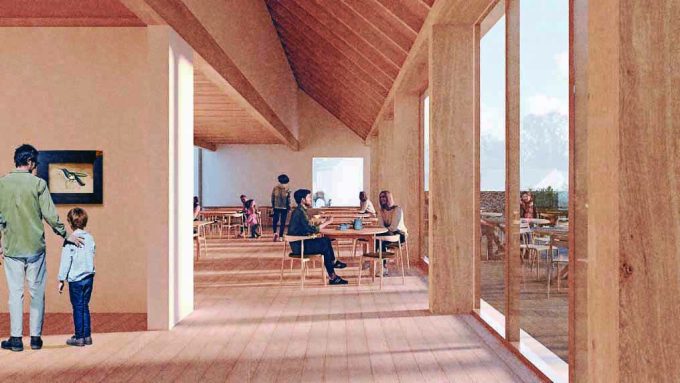
Joan McAlpine, business development manager of the Robert Burns Ellisland Trust, said: “These proposals will bring Ellisland alive by enabling new generations to be inspired as Burns was inspired by what he called the “sweet poetic ground” on the banks of the Nith.
“We believe people will want to come from all over the world to immerse themselves in the landscape which inspired Auld Lang Syne, Ye Banks and Braes, John Anderson and many more songs.”
Dr David Hopes, the trust’s acting chair, added: “Ellisland is the place to fall in love with Burns and see nature through the poet’s eyes. These plans mean we will preserve and enhance the landscape which inspired Burns by improving biodiversity and enhancing accessibility. There will be opportunities to do that working with partners in the community.
“These plans will save the buildings by conserving them through use, safeguard the important collection and allow many more people to enjoy the site and benefit from it.”
Public engagement on the vision has now started and the final report, with a project pricetag, will be revealed later this month.
